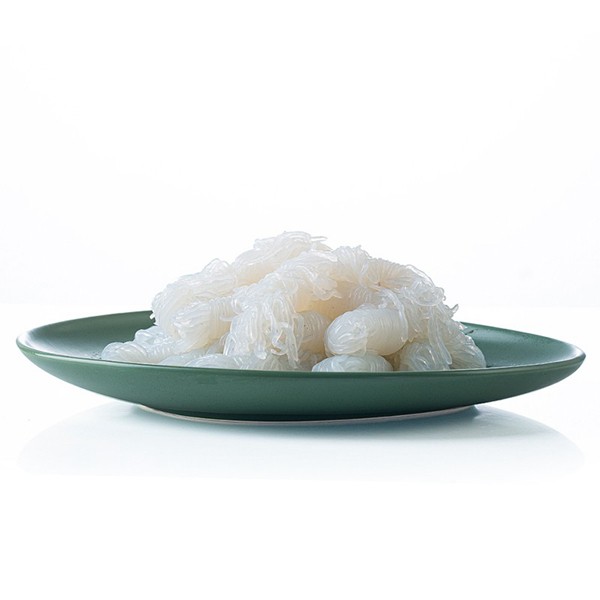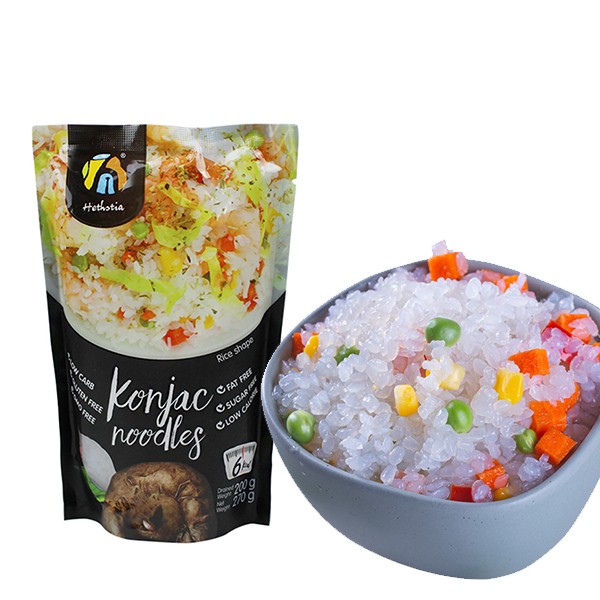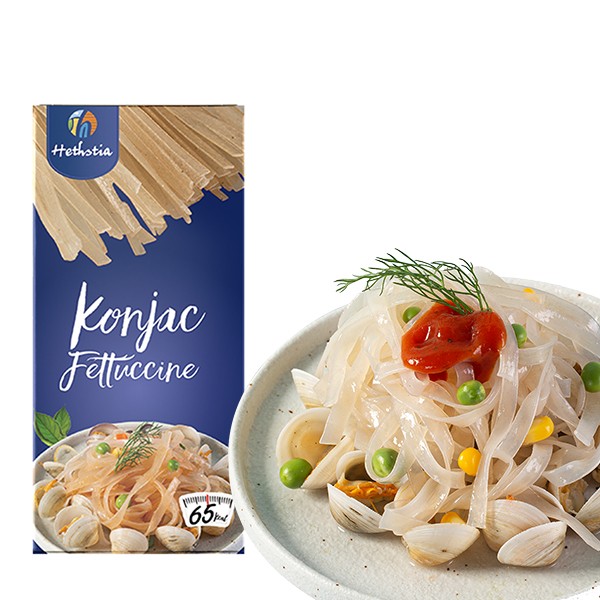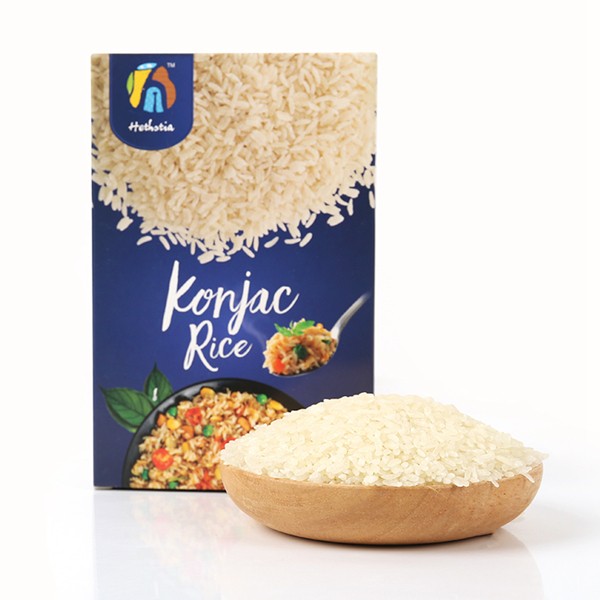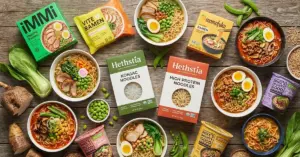1. Not Just food, but Memories and Emotions
The soft aroma of freshly baked bread, the soothing warmth of a childhood soup, and the rich decadence of a cherished dessert can transport us back to a particular moment, enveloping us in feelings of nostalgia and comfort.
Whether simple or extravagant, comfort foods are more than just meals – they’re memories, emotions, and connections wrapped in delectable layers. We want to discover the profound emotional, psychological, and cultural ties we all share with our beloved comfort foods.
2. Emotional and Psychological Ties to Comfort Foods
It’s a common experience: seeking comfort food during moments of loneliness or stress. This isn’t a mere coincidence or simply a product of habit. Neuroscientific studies shed light on our innate tendency to gravitate towards certain foods during specific emotional states.
As you savor the first bite of your favorite comfort dish, memories might flood back, taking you on a nostalgic trip. Perhaps it’s a fleeting moment in your grandmother’s kitchen or the joyous surroundings of a festive family meal.
It’s not just about the act of eating, but an immersive experience, reconnecting you with past sentiments. So, what’s the science behind this intense emotional connection with certain foods?
According to a study published in the journal Psychopharmacology, consuming food associated with positive personal experiences prompts the brain to release neurochemicals such as serotonin, often termed the ‘feel-good’ hormone. This neurotransmitter plays a pivotal role in mood regulation, contributing to feelings of happiness and relaxation.
Another study from the International Journal of Gastronomy and Food Science suggests that our olfactory system, responsible for our sense of smell, is closely linked with the brain’s limbic system, which processes emotions and memories.
This explains why certain food aromas can evoke powerful and specific emotional reactions.
In essence, our brain, palate, and olfactory system create a synergistic trio. Each bite of a cherished comfort food isn’t just about savoring flavors but also an emotional and psychological nourishment.
3. Cultural Resonance of Comfort Foods
Every corner of the world, with its unique culture and history, boasts a plethora of comfort foods. While the ingredients, preparation methods, and flavors differ, the essence of solace and nostalgia they bring is universal.
For instance, a research paper from the Journal of Ethnobiology and Ethnomedicine explores the culinary traditions of various cultures and identifies that comfort foods often have roots in ancient agricultural practices and traditions. These dishes are not just flavors on a plate; they are repositories of cultural memories and shared histories.
Italian pasta dishes, Japanese ramen, and Indian curries, to name a few, have transcended their local origins and become globally recognized comfort foods. The common thread? They evoke feelings of warmth, love, and security.
According to a study in the Journal of Consumer Psychology, the universal appeal of certain comfort foods arises from their association with interpersonal relationships and shared cultural experiences. These dishes become symbols of love, care, and community across different societies.
Furthermore, a research study from the International Journal of Gastronomy and Food Science highlights how sensory attributes, especially taste and smell, of comfort foods link directly to emotional responses and are, in many cases, shared across cultures.
While the specifics of the dishes might differ, the underlying emotions of love, security, and nostalgia they evoke are strikingly similar.
In essence, comfort foods are not just a culinary delight but also a medium of cultural exchange, a testament to the interconnectedness of human emotions irrespective of geographical boundaries.
4. The Modern Shift Toward Health-Conscious Comfort Foods
We live in dynamic times. As our lives undergo rapid transformations, so do our food habits.
A wave of global health consciousness has swept across our culinary landscapes.
This evolution isn’t about rejecting our much-loved comfort foods. Rather, it’s about giving them a modern, nutritious twist.
Take Konjac, for example. Hailing from Asia and renowned for its low-caloric content and health benefits, konjac has found its way into kitchens worldwide.
These flexible, transparent noodles are not only gluten-free but also a low-carb option, making them a sought-after substitute for traditional pasta in dishes like lasagnas or spaghetti.
But Konjac isn’t the only game-changer. Cauliflower, once a mere side dish, has been transformed into everything from pizza crusts to rice substitutes. Then there’s zucchini, which, when spiralized, offers a fresh, nutritious alternative to regular spaghetti.
Chickpea flour, packed with protein, is now being used to bake bread and pancakes, presenting a healthier version of our breakfast favorites.
These innovations are a testament to how we’re balancing tradition with well-being.
The global market today is brimming with products that not only cater to our health needs but also satisfy our craving for familiarity and comfort. It’s a beautiful fusion, where the past meets the present, creating a healthier and equally delicious future.
Our journey into the world of comfort food has been both delightful and insightful. From the deeply rooted emotional and psychological connections to the universal appeal across cultures, it’s evident that these dishes are timeless treasures.
They are testaments to our past, markers of our present, and adaptable for our future. As we’ve seen with the likes of Konjac, it’s possible to honor our traditions while embracing modern-day perspectives on health and nutrition.
As we wrap up our exploration, we invite you, dear readers, to journey into your culinary past. Revisit those cherished recipes, remember the hands that prepared them, and reflect on the memories they hold.
And as you do, consider the ways you can adapt them for today’s world, just as Maria and Hiroshi did.
Share your stories, recipes, and memories with us. After all, food is not just sustenance; it’s a shared narrative, and we’re eager to hear yours.




